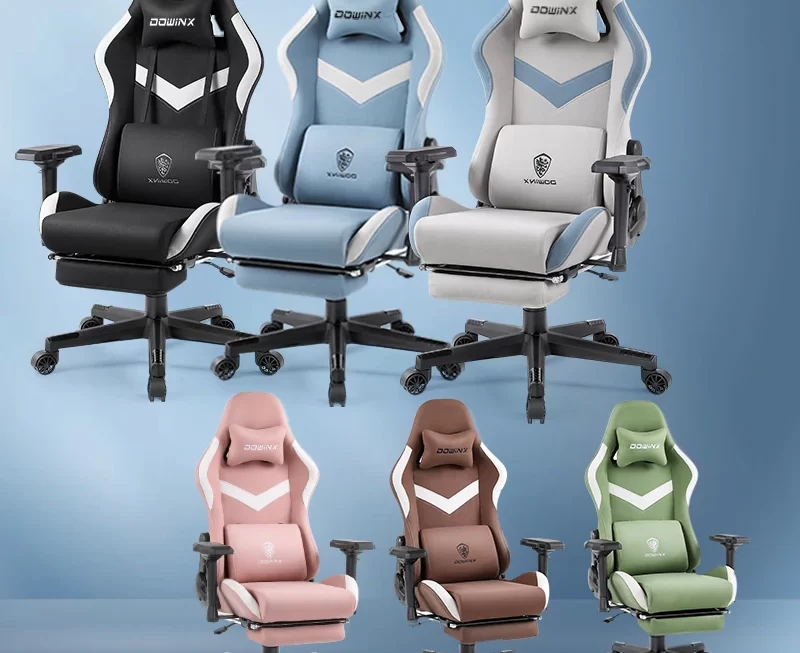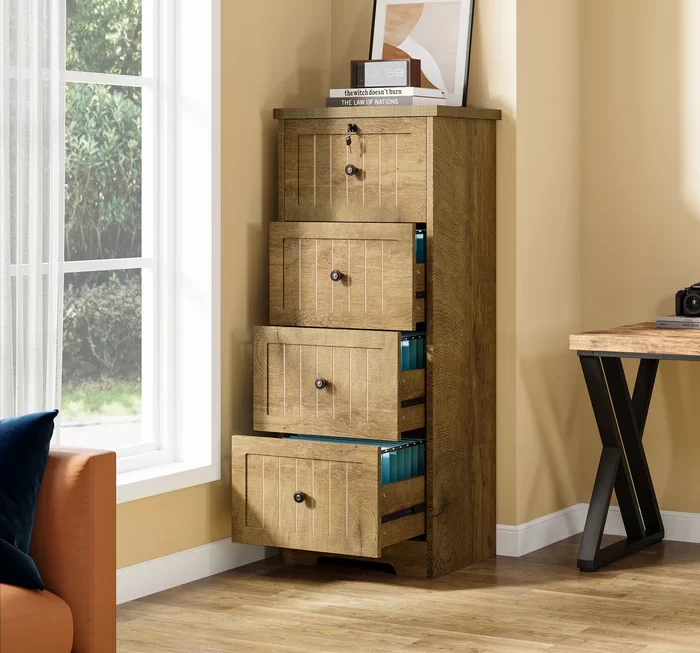 Introduction:
Introduction:
Choosing the right chair for your workspace is crucial for maintaining comfort, productivity, and overall well-being. When it comes to office and gaming chairs, there are distinct differences in design, features, and intended use. In this comprehensive article, we will explore the differences between office and gaming chairs and help you make an informed decision based on your needs and preferences. From ergonomic considerations to style and functionality, understanding these factors will ensure you select the chair that best suits your requirements.
 Ergonomics and Comfort
Ergonomics and Comfort
Office Chair:
Office chairs prioritize ergonomic design, offering adjustable features to provide comfort and support during long hours of work.
They typically have adjustable height, lumbar support, and armrests, promoting proper posture and reducing the risk of discomfort or musculoskeletal issues.
Gaming Chair:
Gaming chairs are designed with ergonomics in mind, focusing on providing support and comfort during extended gaming sessions.
They often feature high backrests, comfortable padding, adjustable lumbar and neck support, and armrests specifically designed for gaming movements.
Style and Aesthetics
Office Chair:
Office chairs are designed with a professional and simple aesthetic, suitable for various office environments.
They often come in neutral colors and have a sleek, minimalist appearance that blends seamlessly into office decor.
Gaming Chair:
Gaming chairs are known for their bold and eye-catching designs, often inspired by racing car seats.
They come in various colors, with flashy accents and vibrant patterns, designed to stand out and appeal to gamers.
Functionality and Features
Office Chair:
Office chairs are typically equipped with essential features for a productive work environment.
This includes swivel capabilities, tilt mechanisms, and adjustable seat height for optimal functionality while working at a desk.
Gaming Chair:
Gaming chairs prioritize features that enhance the gaming experience.
This includes reclining backrests, rocking or tilting capabilities, adjustable armrests, and built-in audio systems or connectivity options.
Price Range
Office Chair:
Office chairs come in a wide range of prices, with options available to suit various budgets.
Higher-end office chairs often feature advanced ergonomic features and superior quality materials, while more affordable options offer basic comfort and functionality.
Gaming Chair:
Gaming chairs typically come at a higher price range compared to office chairs, with premium models offering advanced features and materials.
However, there are also more budget-friendly gaming chair options available on the market.
Intended Use
Office Chair:
Office chairs are designed primarily for work-related tasks, providing comfort and support for long periods of desk-based work.
They cater to professionals who spend significant time in front of a computer or engaged in office tasks.
Gaming Chair:
Gaming chairs are specifically tailored for gamers who spend extended periods gaming or engaging in other entertainment activities.
They are designed to provide comfort and support during intense gaming sessions.
 To make an office chair more comfortable, you can consider the following tips:
To make an office chair more comfortable, you can consider the following tips:
Adjustable Seat Height:
Ensure that the chair allows you to adjust the seat height to a level where your feet are flat on the floor and your knees are at a 90-degree angle. This helps to maintain proper posture and reduce strain on your back and legs.
Lumbar Support:
Look for a chair that provides adequate lumbar support to maintain the natural curve of your lower back. If your chair lacks built-in lumbar support, you can add a cushion or a lumbar roll to provide extra support.
Seat Cushioning:
Opt for a chair with sufficient padding or consider adding a seat cushion to enhance comfort and reduce pressure on your hips and thighs.
Armrests:
Choose a chair with adjustable armrests that can be positioned to comfortably support your arms and shoulders while allowing your elbows to rest at a 90-degree angle.
Chair Tilt Mechanism:
Look for a chair with a tilt mechanism that allows you to recline slightly, promoting blood circulation and reducing strain on your lower back.
Proper Posture:
Sit upright with proper posture, keeping your back aligned against the backrest. Avoid slouching, and make sure your shoulders are relaxed.
Breaks and Movement: Take regular breaks to stand up, stretch, and move around. This helps prevent stiffness and promotes circulation.
Consider Ergonomic Accessories:
Use ergonomic accessories such as a footrest, keyboard tray, or an adjustable monitor stand to further enhance your workspace setup and promote comfort.
Remember that everyone’s comfort preferences may differ, so it’s essential to experiment with different adjustments and options to find what works best for you. Regularly reassess your seating position and make necessary adjustments to make an office chair more comfortable.
 Here are some tips for maintaining and cleaning an office chair:
Here are some tips for maintaining and cleaning an office chair:
Proper maintenance and cleaning of an office chair can help extend its lifespan and keep it in good condition. Here are some tips for maintaining and cleaning an office chair:
Regular Dusting: Use a soft, lint-free cloth or a gentle brush to regularly dust the chair’s surfaces, including the seat, backrest, armrests, and base. This helps remove surface dirt, dust, and debris.
Spot Cleaning: For spills or stains, attend to them as soon as possible. Blot the affected area gently with a clean cloth or sponge, using mild soap and water or a suitable upholstery cleaner. Avoid using harsh chemicals that may damage the fabric or materials.
Vacuuming: Use a vacuum cleaner with a brush attachment to remove loose dirt, dust, and debris from the chair’s fabric or cushioning. Pay attention to the crevices, seams, and corners to ensure thorough cleaning.
Leather or Faux Leather Care: If your office chair has a leather or faux leather upholstery, wipe it down regularly with a damp cloth to remove dust and dirt. Use a leather cleaner or conditioner periodically to keep the material supple and prevent it from drying out or cracking.
Avoid Direct Sunlight: Prolonged exposure to direct sunlight can fade or damage the chair’s upholstery. Place or position the chair away from direct sunlight or use blinds or window coverings to protect it.
Lubricate Moving Parts: If your office chair has adjustable or moving parts, check and lubricate them periodically according to the manufacturer’s instructions. This helps ensure smooth operation and prevents squeaking or stiffness.
Regular Inspection: Periodically inspect the chair for any loose screws, bolts, or damaged parts. Tighten or repair as necessary to maintain stability and functionality.
Follow Manufacturer’s Guidelines: Always refer to the manufacturer’s cleaning and maintenance instructions specific to your office chair. They may provide specific recommendations or caution against certain cleaning agents or methods.
By following these tips, you can keep your office chair clean, well-maintained, and comfortable for long-term use. Regular maintenance and proper care contribute to a longer lifespan and optimal performance of the chair.
 Conclusion:
Conclusion:
Selecting the right chair for your workspace is essential for maximizing comfort, productivity, and overall well-being. Understanding the differences between office and gaming chairs allows you to make an informed decision based on your specific needs and preferences. Whether you prioritize ergonomics, style, functionality, price range, or intended use, there are options available to suit your requirements. By considering the differences between office and gaming chairs, you can choose the chair that best fits your workspace, promotes comfort, and enhances your overall experience. Remember, the right chair can make a significant difference in your physical well-being and overall work or gaming performance.



